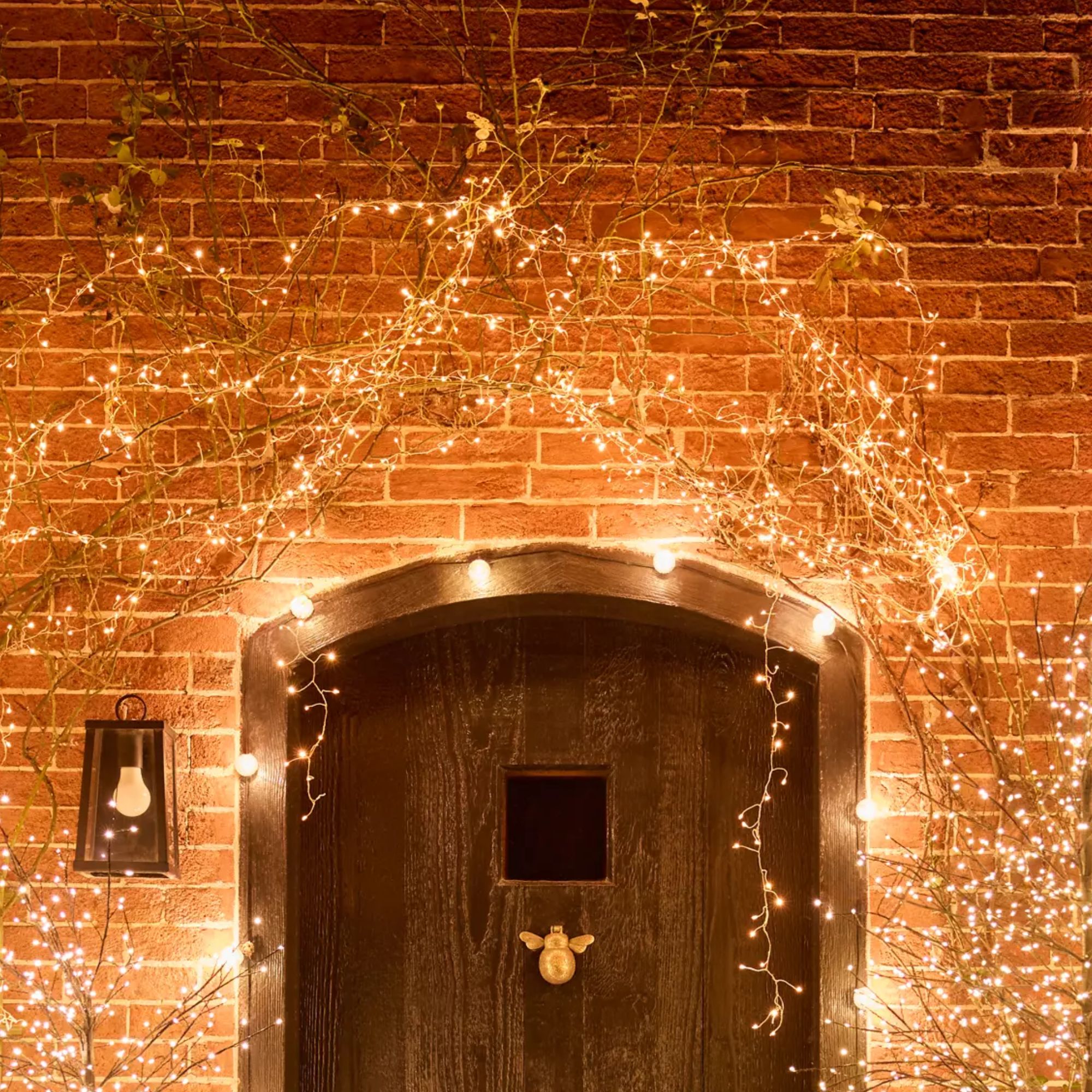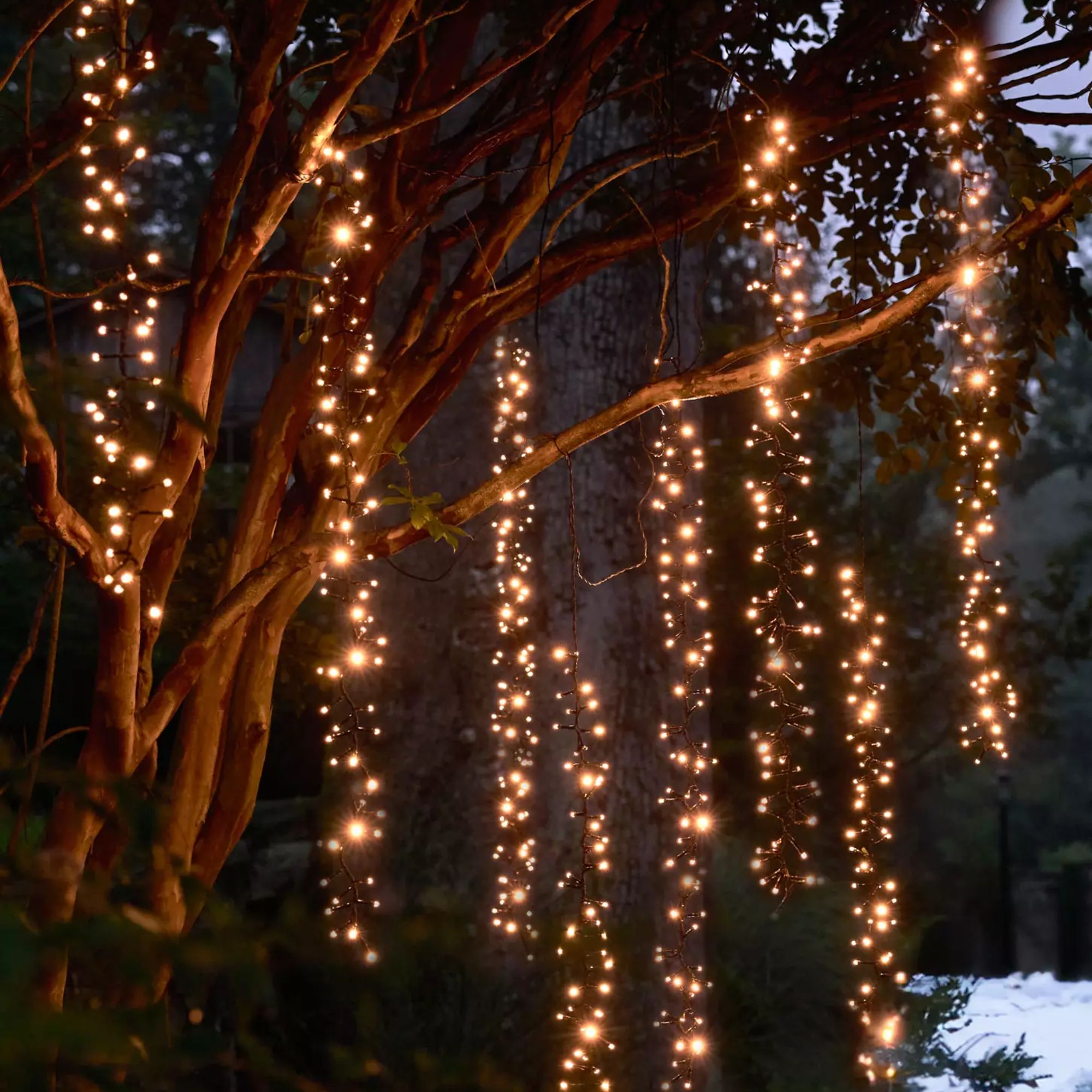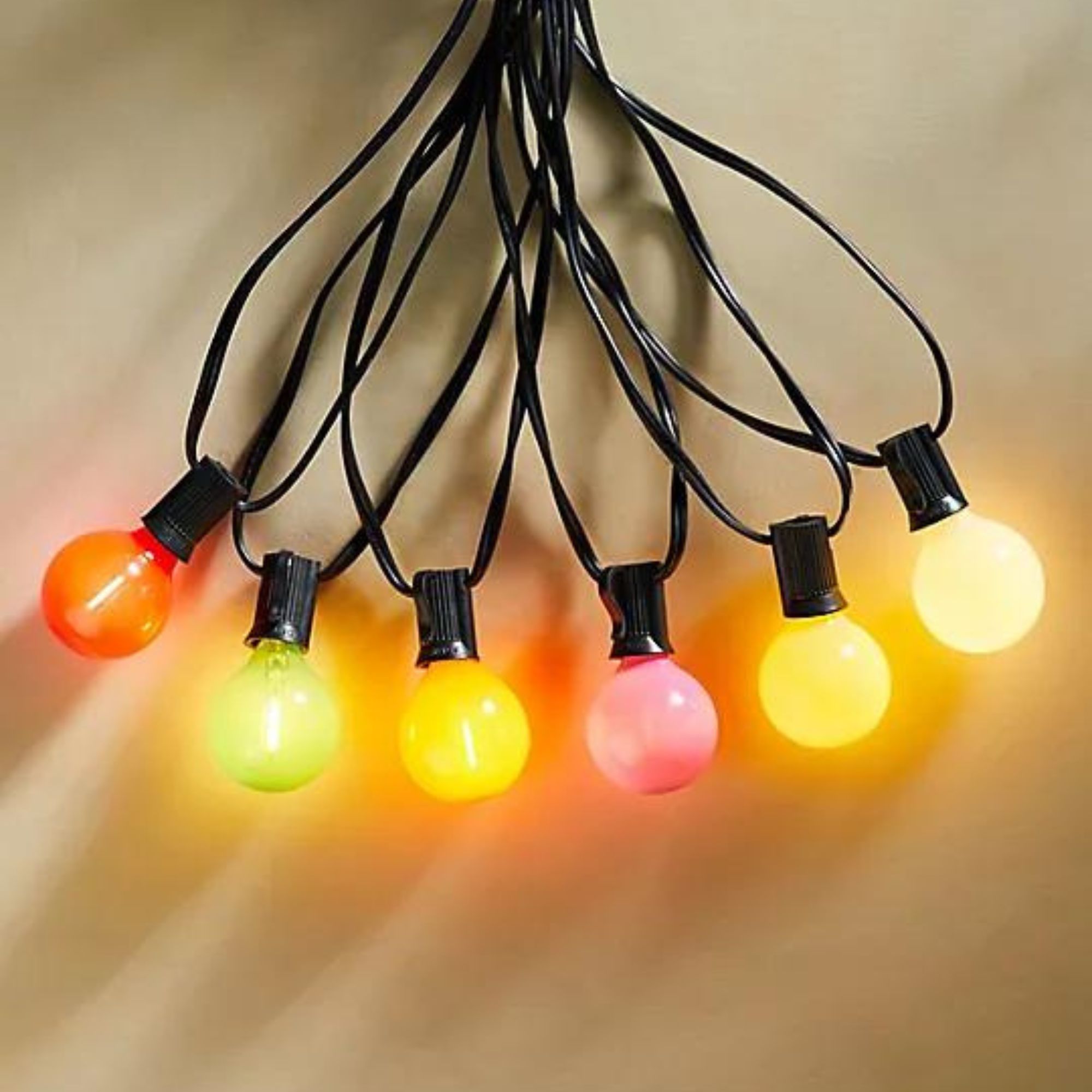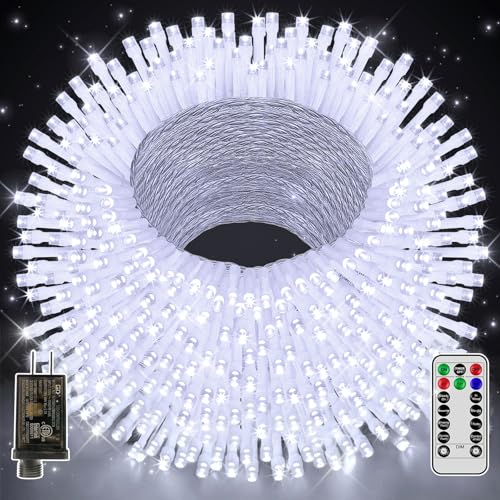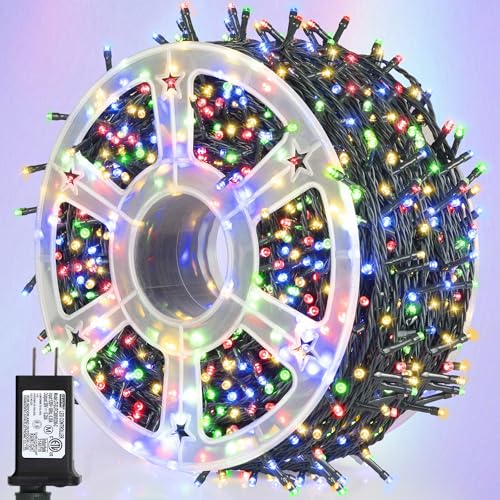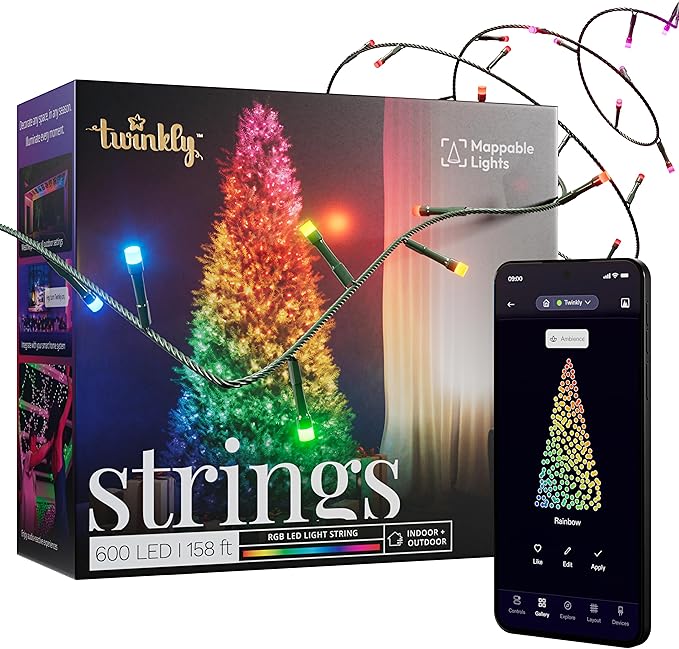How to choose the perfect Christmas lights – tips for getting the style, length, and color right for your home
Christmas lights are at the heart of any decor scheme, so it's important to select the perfect ones for your space and style. Here's everything you need to consider when choosing the best Christmas lights
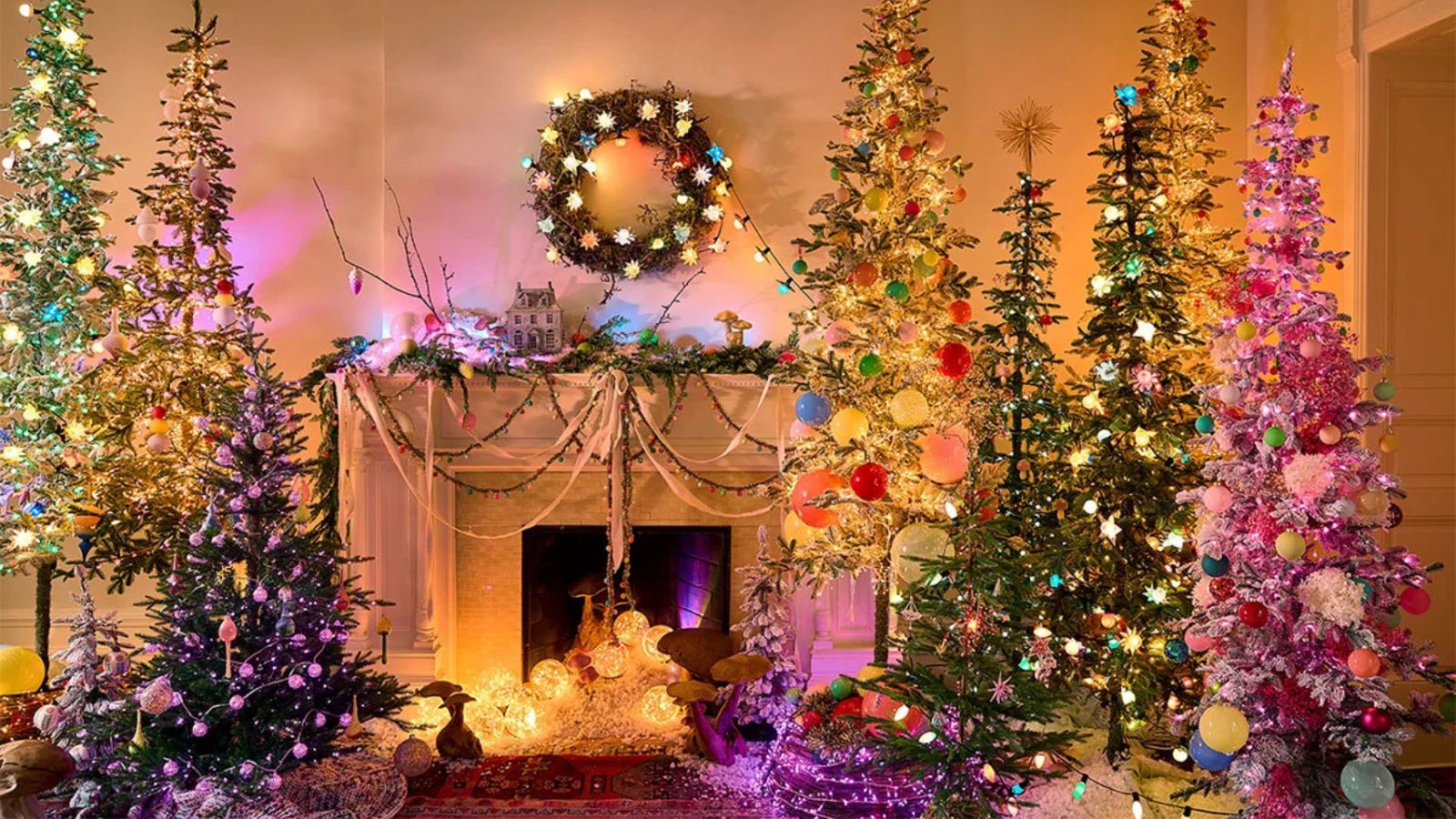
- How to choose the right Christmas lights
- 1. Indoor or outdoor?
- 2. Incandescent or LED Lights?
- 3. Know the different style options and bulb sizes
- 4. Choose the right color for you aesthetic
- 5. Think about wire color too
- 6. Pick the right length and amount of bulbs
- 7. Consider effects and extra features

Choosing Christmas lights sounds like a simple job no? But, as anyone who has tackled the task will know, it can be a minefield to get the perfect set for your home. There are thousands of styles, types, colors, and effects – string lights, mini string lights, colored lights, white lights, warm white lights, big bulbs, small bulbs, every size in between bulbs. I could go on.
I've personally been on the hunt for the perfect set of warm white tree lights to work with my Christmas decor for the best part of a decade. And the mistake I was making was panic buying a new set every year in the hope they would be the one, without really considering what I actually needed for my home. So lessons have been learned and last year I found my perfect set of Christmas lights because I took the time to do the research.
Here I have outlined everything you need to consider before investing in a new set of Christmas lights, from the obvious questions to ask to the more specific details that actually make all the difference.
How to choose the right Christmas lights

See this guide to choosing the best Christmas lights as less of a chronological step-by-step and more like a list of all the things you need to consider before you press buy. You really want to be thinking about all these steps together while you are shopping to ensure you are buying the right type of lights for your needs and the aesthetic you want to create.
1. Indoor or outdoor?
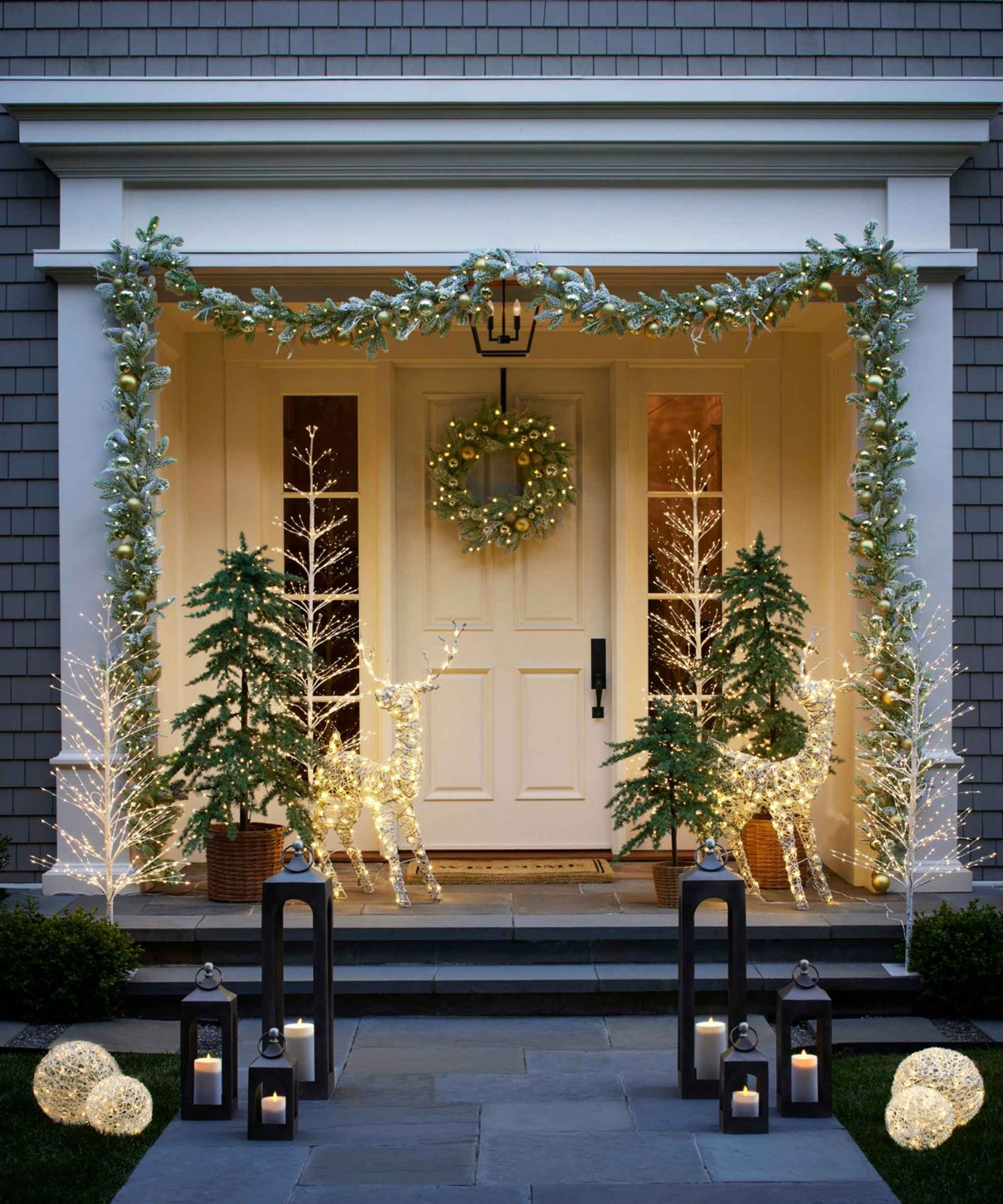
This seems like a natural place to start. Are you looking for indoor lights for say your tree, your staircase, your mantle? Or do they need to be safe to use outdoors too?
A lot of lights work both indoors and out, but when looking for the best outdoor Christmas lights they should of course be waterproof and robust. You want a thick wire with plenty of length in the lead wire – this is the section that isn't lit – so you have enough wire to plug in your lights without their bringing a trail of bulbs right up to your socket. This can ruin the illusion.
If you are doing a big outdoor Christmas decor display that involves a lot of length, you might be best looking at connectable sets – strings of lights that you can connect together to give you as much length as you require. Although be aware there's often a limit to how many sets you can connect, especially if you go for incandescent lights (more on that next), so check the product descriptions before you buy if you are looking for lots of length but don't have lots of socket options.
Design expertise in your inbox – from inspiring decorating ideas and beautiful celebrity homes to practical gardening advice and shopping round-ups.
2. Incandescent or LED Lights?

Another decision to make early on is whether you want to go for incandescent lights or LED lights.
There are lots of practical differences, but there can be some small aesthetic differences too. On my hunt for the perfect warm white Christmas lights, this is where I was going wrong. I was choosing LED lights, and they always just felt a bit too bright and cold for that really warm and soft light I wanted. It's incandescent lights that will give you that perfect warm white. It can be replicated with some newer LED lights, but if you are really picky about tone like me, incandescent is the way to go.
Incandescent lights have drawbacks, however. They get can get hot so you have to be careful about how long you leave them on for. They tend to be less robust too as they can be made from glass, and while often cheaper to buy, they can be more expensive to run.
LED lights however are far more energy efficient, there's more choice when it comes to styles and they don't have the overheating issue. They are also less prone to breaking, since they are plastic bulbs, you can be less careful when putting them up and storing them. If you are going for connectable lights, you can string together more LED sets than incandescent too, so a better choice if you want long, uninterrupted sets all being powered from one source.
3. Know the different style options and bulb sizes
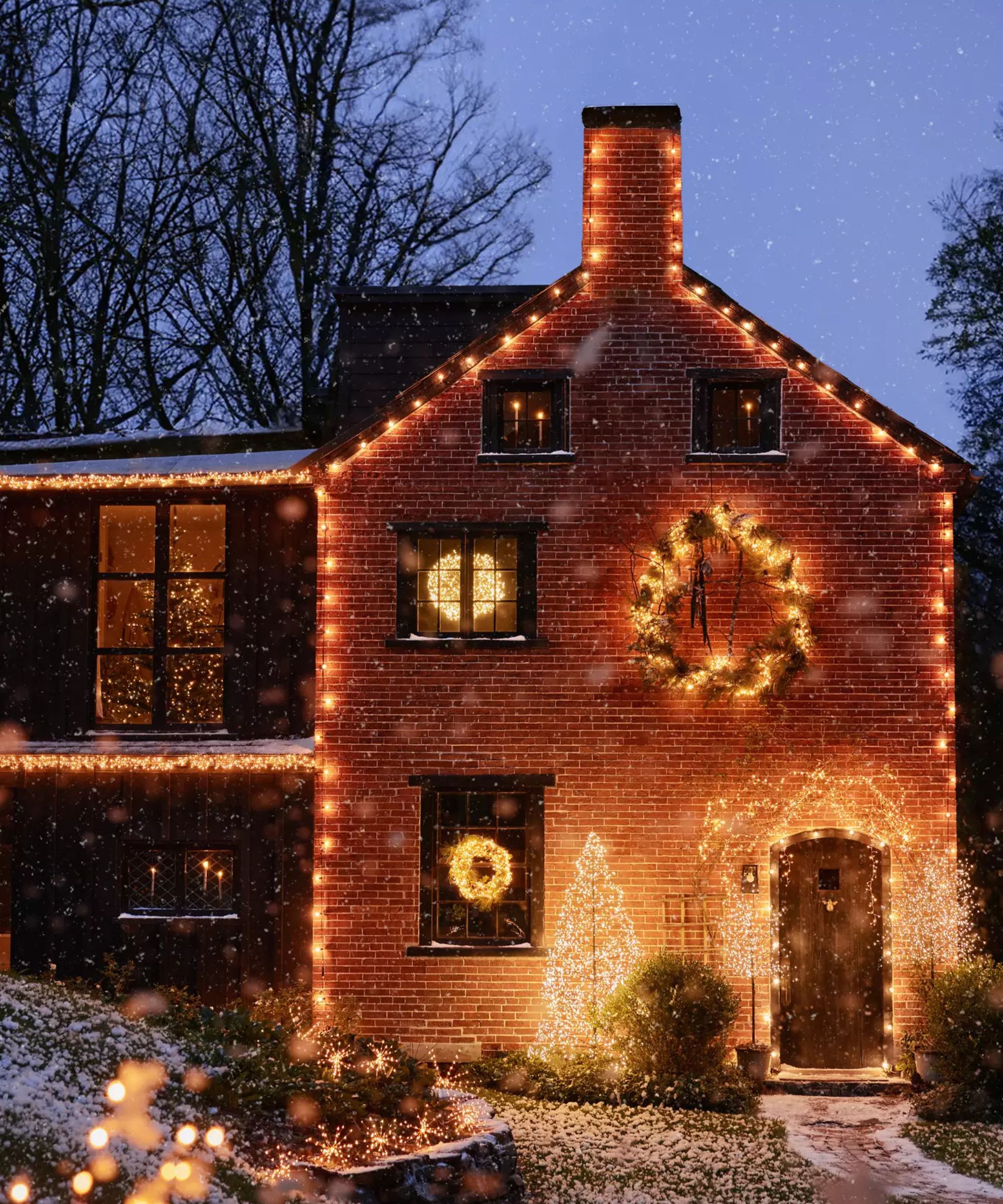
The amount of styles, shapes, bulb options, and sizes, to consider can be overwhelming. But think about the aesthetic you want to create and where you want your lights to live and this will narrow it down slightly.
If you are shopping for LED lights there's a commonly used scale to indicate the size of the bulb and the shape. The most common you will see are C3, C6, C7, and C9 – the 'C' stands for cone and the number is the diameter of the bulb. You might also see 'G', which is a globe shape, or a 'T' which is that traditional bulb shape you see usually on incandescent lights. There are also a lot of string lights that are referred to as 'mini lights' too, which are tiny cyclinder-shaped bulbs.
The size and shapes you go for will of course come down to personal style and where it is you are decorating. Do you want your string lights to glow subtly, almost like a sparkle than a shining beacon, then mini lights are a lovely look. They are perfect used inside when you don't need that real impact, or can be combined with larger bulbs for a lovely layered effect – I have done this in my tree the last few years and it gives a magical lit from within look.
If you are shopping outdoor lights, go bigger with the bulb – a 7 or 9 will ensure you get that impact.
4. Choose the right color for you aesthetic
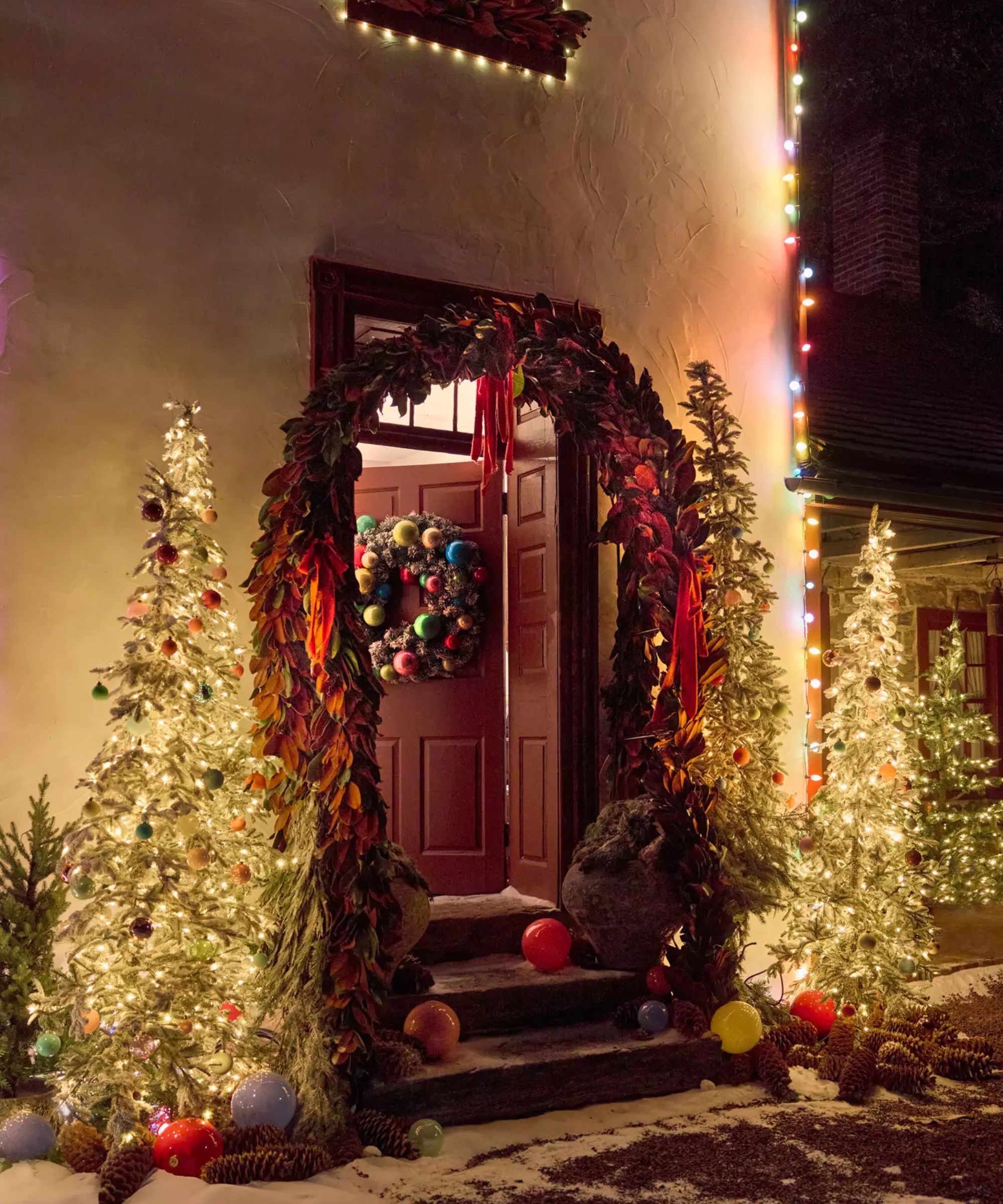
Again the color of your lights comes down to personal style and there's no right or wrong in the much-debated multi-colored vs. white lights, warm vs. cool.
What you do want to do is establish a scheme and ensure there are no clashes happening with the lights you choose for your home – both indoors and out. I think combining multi-colored lights and warm white lights works, and I like the nostalgia colored lights bring. But I would always avoid pairing cool and warm white lights together. In fact, even a slight difference in tone can look obvious when they are used in the same space.
A way to avoid this is to shop all your 'white' lights from the same brand and there's more likely to be a continuity in the tone. But be aware, this might change year on year, so if you find a set you like invest in a few right then.
5. Think about wire color too
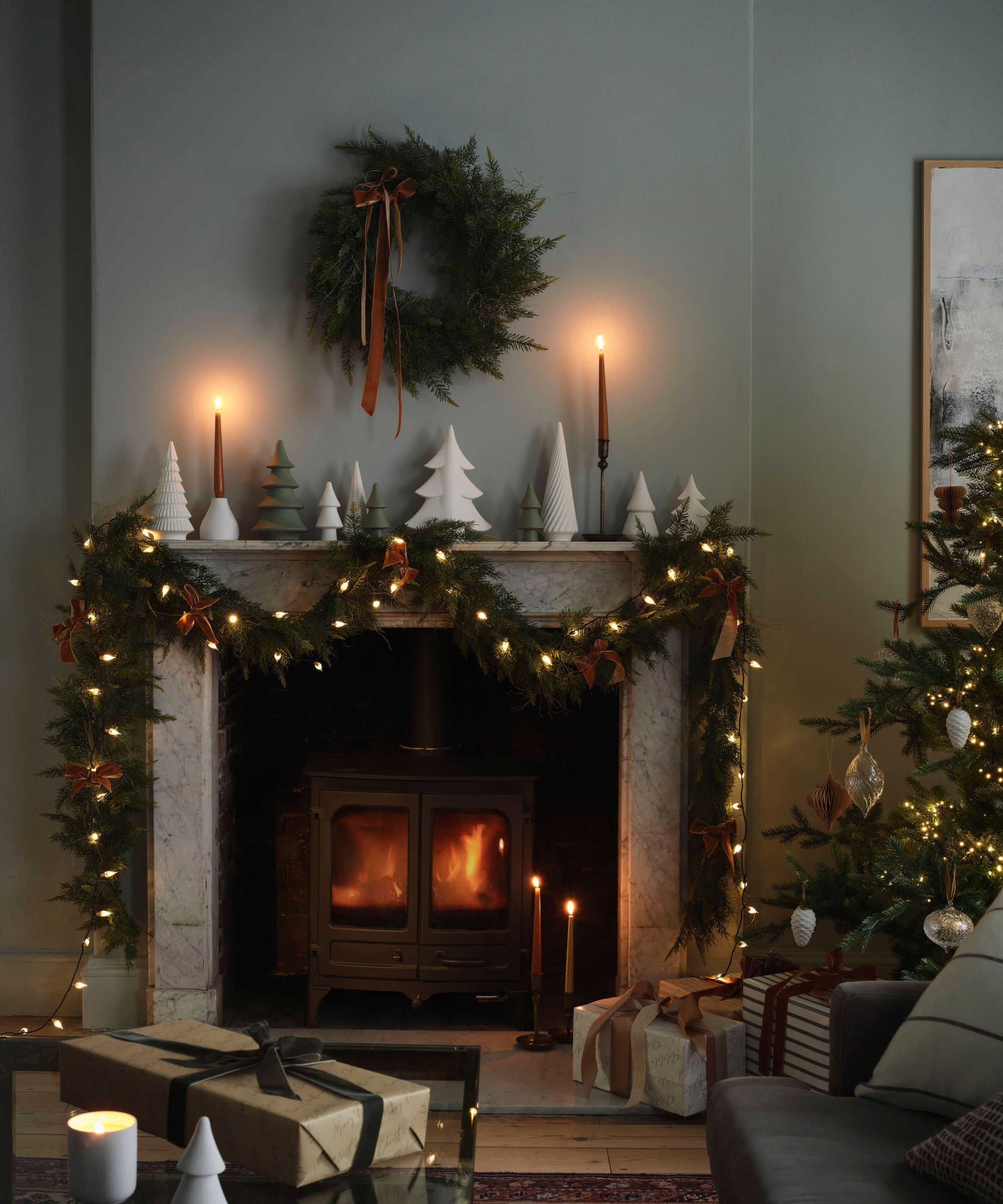
The best wire color for your Christmas lights will come down to where you are putting the lights. For your Christmas tree lights or if you are adding them to foliage on a mantle, the obvious choice is to go with green so the wire is disguised and you just get the glow of the lights. But you can get microlights on a gold or silver wire which can look lovely layered in and double as decoration.
For outdoor lights, clear wires often work best as that will give you the versatility to hang the lights, wrap them around trees, or over a porch. If you are doing the classic of stringing your lights along your roofline the wire will likely be disguised, so a green or black wire will work fine.
6. Pick the right length and amount of bulbs
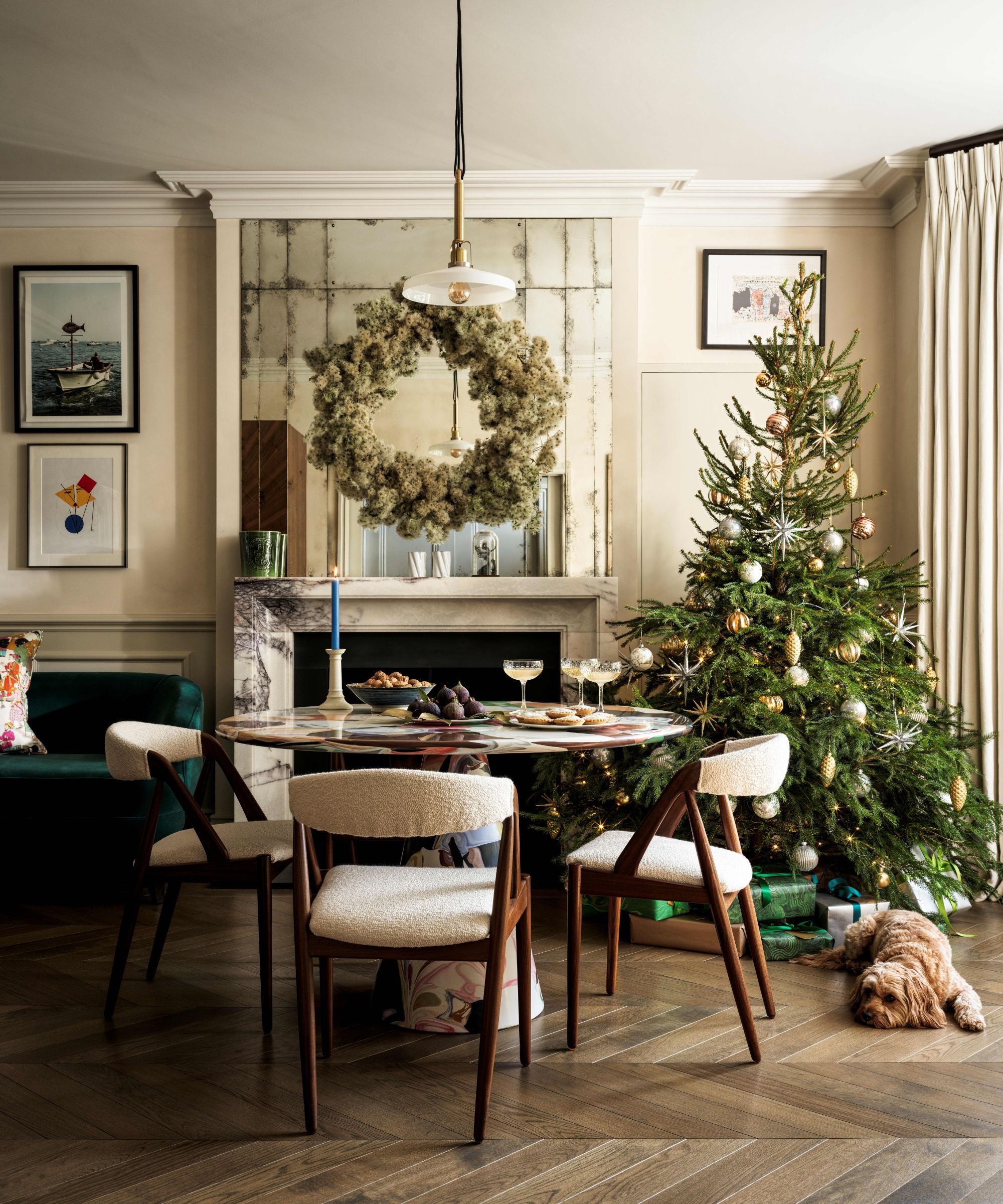
It's not just the length of wire you need to consider, but the amount of bulbs on that wire and the lead wire length I mentioned earlier too.
When choosing for a Christmas tree, think about the size you normally get and how many lights you need to cover it. An easy rule to follow is 100 bulbs per foot, this will give you plenty of glow without going overboard. So for example, a 6ft tree will need 600 bulbs, you can adjust this based on whether you want a more subtle look or a more twinkly tree.
For outdoor lights, the length will be based on where you are decorating so be sure to measure the area before you buy. And especially with outdoor lights be looking at those lead wire lengths and be sure you have enough to finish your lights off at the right spot and then have the right amount of lead wire reach the socket.
7. Consider effects and extra features

You can get Christmas lights with timers, dimmers, remote controls, and a whole number of effects. You can also get color-changing lights so you can get a lot of options out of one set.
If your lights are high up, or the plug isn't really easily accessible (maybe it's outdoors or in the garage) a remote control is a hand extra feature to look out for. Even with a Christmas tree, it can be a pain to switch them on and off and change the settings.
See, there's a lot to choosing Christmas lights if you want to get it right first time. Key things are length so measure up, the amount of bulbs for your space again measure up and consider the level of glow you want and the style and the color mostly come down to your own tastes.
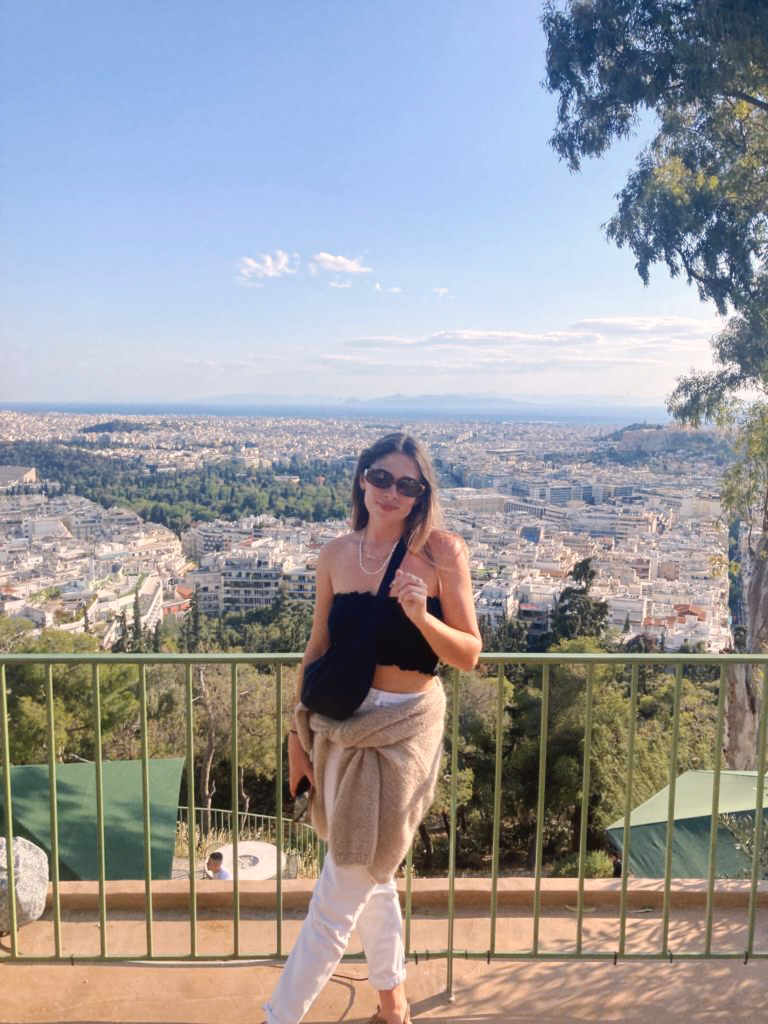
I am the Head of Interiors at Homes & Gardens. I started off in the world of journalism in fashion and luxury travel and then landed my first interiors role at Real Homes and have been in the world of interior design ever since. Prior to my role at H&G I was the digital editor at Livingetc, from which I took a sabbatical to travel in my self-converted van (not as glamorous as decorating a home, but very satisfying). A year later, and with lots of technical DIY lessons learned I am back to writing and editing, sometimes even from the comfort of my home on wheels.
